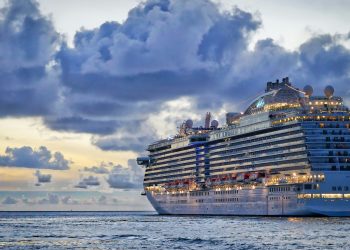The International Space Station, the largest ever global collaboration in science and engineering, has been a cosmopolitan meeting point for astronauts for two decades.
This month alone a Russian Soyuz rocket lofted a US astronaut and two Russian cosmonauts to the orbiting laboratory 420km above the Earth’s surface on April 9. Eight days later another Soyuz rocket carried a different American-Russian trio back to Earth — and on Friday, weather permitting, a US SpaceX craft will take two more Americans, a Japanese and a Frenchman up to the 23-year-old station.
Such varied va-et-vient, however, is coming to an end. Russia announced this week that it will withdraw from the $150bn ISS in 2025, bringing to a close a remarkable period of international co-operation that dates back in its planning to the perestroika period at the end of the cold war.
Despite rising tensions between Russia and the US over the past decade, the two countries’ space agencies have continued to work closely together, alongside their European, Japanese and Canadian counterparts. According…









































